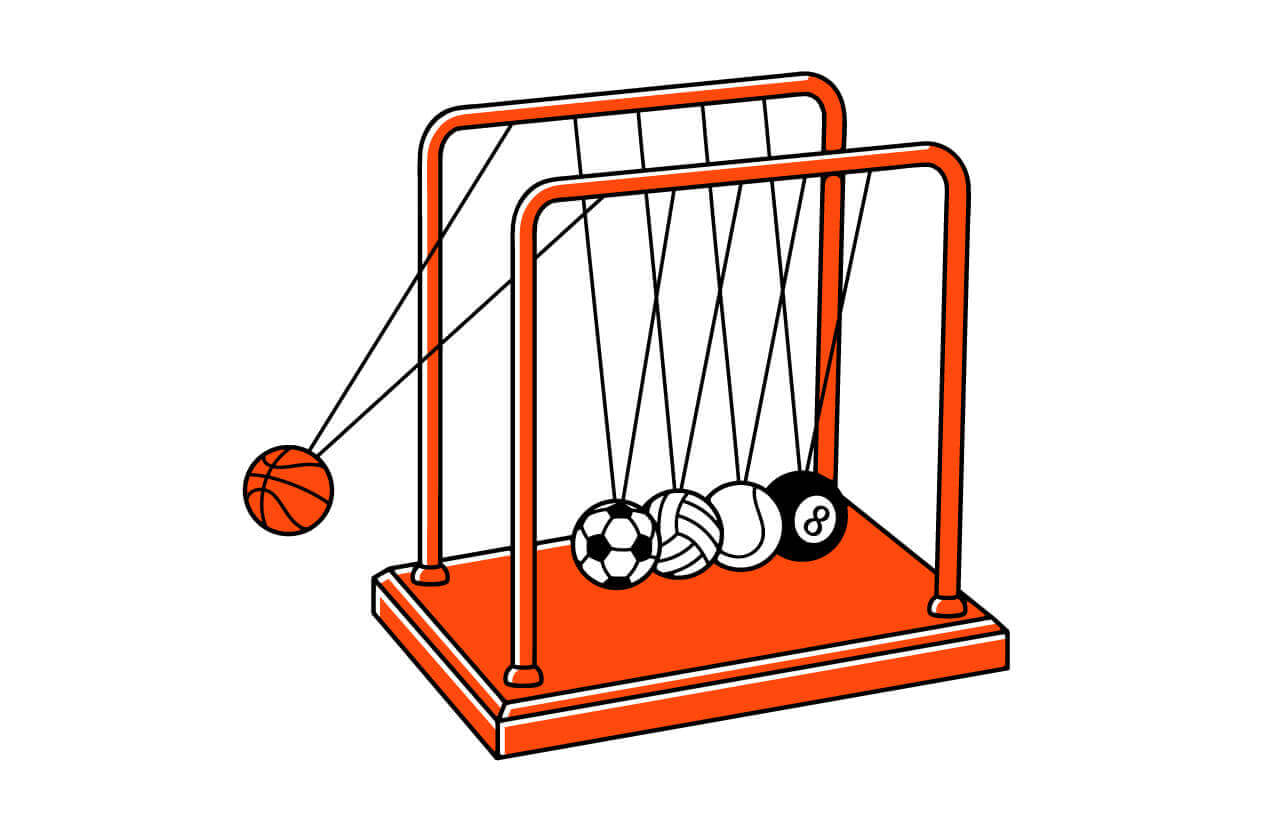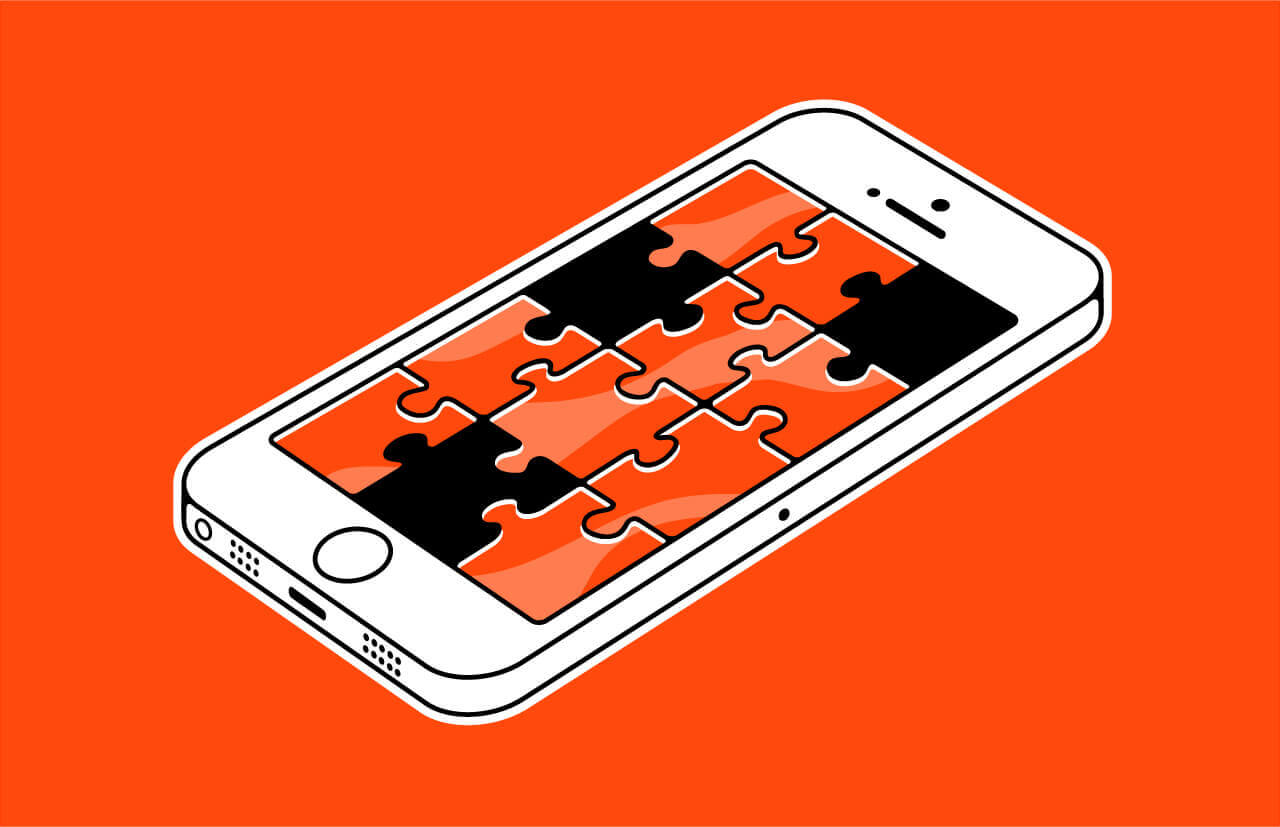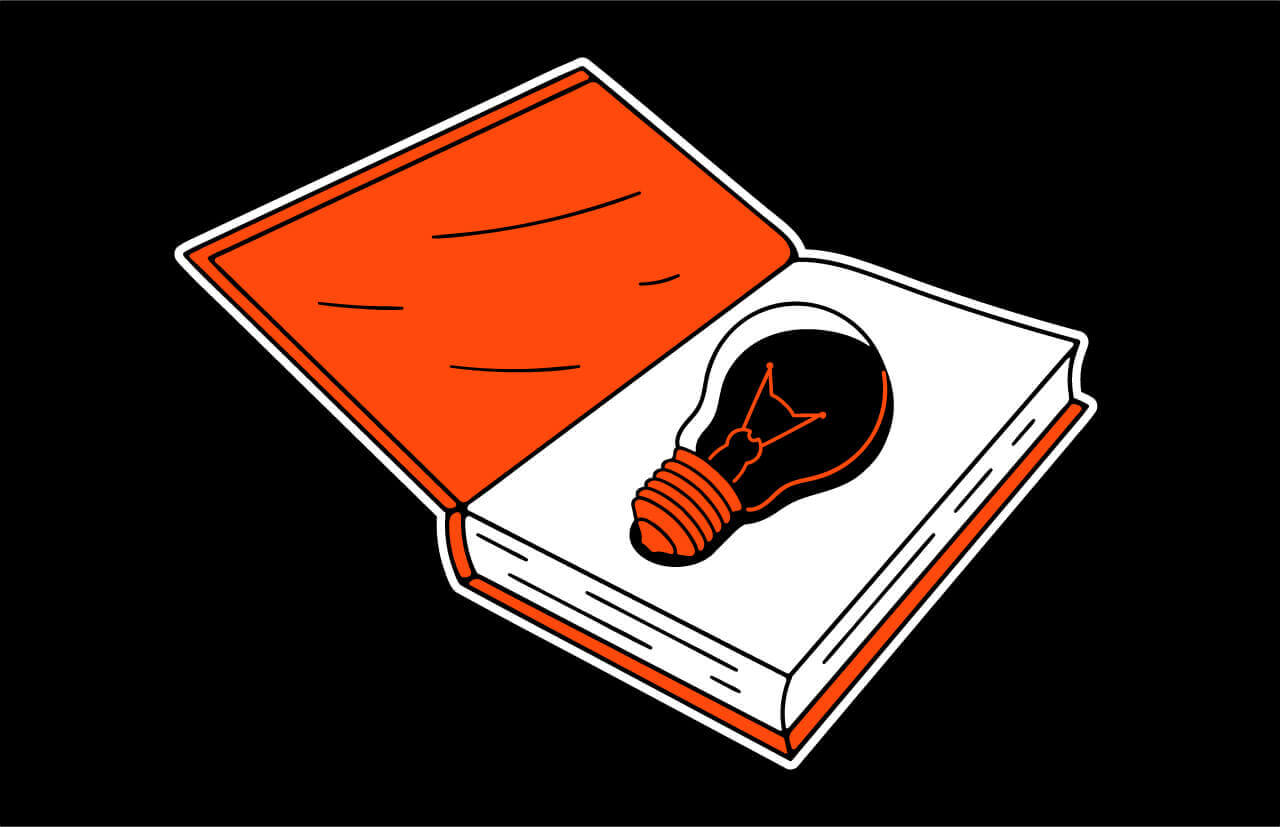1. Birdie
The UK-based caretech startup has raised a total of $22.9M since 2017. They’ve channeled that investment into building tools for social care providers that support 20,000 people every week.
With the COVID pandemic accelerating demand for in-home elderly care, Birdie has grown rapidly in the past year, helping the company expand its services across the UK.
With such high growth rates, is international expansion something Birdie is considering? What is the design team focused on: globalisation or localisation?
The design team's daily tasks are mostly focused on tailoring the product for care agencies in the UK and growing our customer base locally. That said, we plan to expand globally as a business in the next two to three years, so as designers we try to consider this where we can by using standardised design patterns that are recognized globally.
How do you design for different markets?
Around 15% of the adult social care workforce in the UK is made up of non-British nationals. We have a very diverse customer base that speaks multiple languages and has vastly different technological capabilities. As such we need to ensure that we use simple language, well-understood design patterns, and well-designed error messages and empty states to provide regular feedback to the users.
This will help when designing for different markets, as when there is a social care infrastructure (not all countries are equal in this regard), then the care experience itself is relatively agnostic (i.e. someone needs care, someone visits them to deliver that care, they record the interaction and there is a payment made). We’re confident it will translate well – although we know that the naming of these processes and the actors within the service (e.g. carer vs. caregiver vs. care professional) is usually the sticking point!
Do you consider the principle of cultural appropriateness in design?
At a company level, we have a diversity and inclusion team that runs regular, open sessions to discuss inequalities in society and the workplace. With such a diverse group of people using our products as designers, it's important we apply those lessons to our work.
Language is just one aspect of cultural appropriateness but it's one that we are particularly sensitive to. A large number of carers using our app do not have English as their first language, to help address this in our products we have some basic design principles that we follow.
- Keep copy clear and concise
- Pair text with carefully considered iconography (if necessary)
- Use standardised UI and UX patterns that are recognised globally
We also have features like ‘dictated care notes’ for those that are more comfortable speaking in English than they are writing in English.

As a team, we still have a lot to learn about inclusive design but we do know that it can only be achieved through collaboration and co-design with the people that use our products. We have access to hundreds of care agencies that are willing to partner with us and participate in a range of design workshops and activities. As a designer, this is a huge advantage that I haven't experienced working anywhere else.
What do you do when it’s necessary to hire people and the quality of design is getting worse?
Before we start the hiring process we always define what type of designer will help us get to the next level. Initially, we discuss it as a team and try to get a clear idea of the value we want any new hires to bring to the table, and this forms the basis of the job specs.
In our experience, it can take a long time to find the right person, rushing to fill a position can be costly for the business in the long run so it's something we try to avoid at all costs.

critical web design mistakes to avoid
And when does a designer become effective?
This depends on the task that the designer has been given, the experience they've had previously, and the level of support they need in their new role. Ideally, we would like to see someone being effective within their probation, which is usually four months.
How do you educate your designers?
Education comes in two forms: industry and professional. Before the pandemic, designers were encouraged to go out and meet carers and care managers, and attend care visits. Although in-person meetings haven't been possible during lockdown, we still keep contact with our care agencies. Getting to know the people that use our products and trying to understand their daily struggles is one of the most valuable lessons a designer at Birdie can have.
Everyone in the company has a personal development plan that outlines how they intend to perform and grow in the company. We define them individually and review them with our direct managers and our peers in regular one-to-ones. Every new joiner receives a small stack of books to read and a monthly learning budget which they can spend on books, conferences, courses, etc.
Do you do benchmark usability testing?
Not at present - our product is changing so rapidly with new features constantly being introduced that we’ve not felt confident that a benchmark would be valid for more than two-three months.
When our development and delivery cadence settles down, we’ll definitely look to run one. For now, we rely on Net Promoter Score (NPS) and Customer Engagement Score (CES) to get a measure as to how well we’re doing. Obviously, this doesn’t measure usability specifically but helps ensure our customers are happy and that we’re keeping our standards high. We also perform usability testing of each feature as part of any release and look at key metrics post-release.
Are there any mistakes you’ve made during your career in Birdie – and what did you learn from them?
During my whole career as a designer, I've never had such easy access to the people that use the things that I've designed. Being able to pick up the phone to a care manager or carer to get instant feedback has been so important to the way that I've worked over the last three and half years.
It's great to have this line of communication but collecting useful feedback through talking to someone is a skill that needs to be practiced and refined. When I first joined, user interviews could be awkward and chaotic, after years of practice I find them much more productive and enjoyable. During conversations, I try to follow a set of principles to ensure I get as much value as possible.
- Talk less, listen more
- Talk more about their problems, less about solutions
- Ask for specific examples, instead of generalisations or opinions
There's a great book called "The Mom Test" which talks about these principles and why they're so important to collecting "good data". It's been a massive help to me over the last few years.
2. Rohlik
Prague-based online grocery giant Rohlik recently raised €190 million to launch in Germany and other European markets. Rohlik Group announced that it will close FY2020 with €300 million in revenue, representing 101% annual growth, 750,000 customers across three countries and 250 employees.
Following its launch in 2014, Rohlik has grown at a record rate, and with its accelerated growth and success, it has attracted the best UX designers focused on the online food industry.
Since attracting investment for scaling and development, are you focused on local or global development?
For us designers, I’d say it’s 80% globalisation and 20% localisation. We’re always aiming to build our product in a way that would benefit customers in all our countries.When there’s a strong requirement from one of the countries, which we (based in the Czech Republic) did not anticipate, it usually turns out to be something applicable for everyone in the end. For example, recently we learned it is very important for customers in Germany and Austria to have the option to adapt the whole shop to reflect their dietary needs and filter out what they wouldn’t eat.
For example, they might look for organic products only, or those strictly without additives etc. Customers in the Czech Republic are not as sensitive to these categories as Austrian customers yet, but the trend is already there, so that’s something we can in the end offer to all customers, so again, more globalisation.
How has cultural appropriateness influenced design?
Not nearly as much as it impacts the brand! Our company is named after a very typical Czech kind of bread. And when expanding to Austria, we weren’t able to keep the name and just translate it, because in Austria it somehow means “dummy”. So we had to search for a name with more positive connotations for their culture. And that’s what we do in every country now and why we don’t have a unified global brand.
As a result, the design implications are minor so far, it mostly involves different colour schemes and making sure they work, but I’m positive it will show up more and more as we expand.
I used to work for a different global food retailer, and when adapting the website for the Chinese market, we had to remove everything which appeared in the count of four. Four is a number which in China symbolises death, so having a product made in a pack of four was a no-go.
3. Forecast
Accelerated demand for resource and project management software saw Forecast’s revenue triple during the pandemic, and helped the AI-native platform provider secure $19M in Series Funding. So has such rapid growth impacted the design team?
Recently you doubled the team size. What did the pandemic change in your company as you started to grow?
When you grow a company, you'll see kind of breaking points in some parts. I think there's a natural breaking point once you reach around 25 people, because that's kind of where you end up in a situation where you can't really oversee everything. So you need to put in some people that can start managing teams.
I think we're getting to the point now, where we need another layer of people again, like managers of managers. Because one person can’t manage 50 people at the same point by themselves as that's going to be unreal.
What we strive for is a manager supervising between 7 and 10 people maximum. If you have more than that, things become problematic. So you need to break down that structure. We try to keep a flat structure; I can't have 80 people come talk to me every second, that doesn't work.
You said in one of your interviews that the main thing with hiring new people is your own gut feeling if this person fits the company culture, but as you rapidly grow, you cannot really delegate these gut feelings to other people, right?
So that's why we're really trying to make sure that we only hire people according to our values. Our value is just basically being passionate about what we do; passionate about the product and space and what we're trying to achieve.
And then being direct and honest, because we want to make fast decisions. We want to make decisions that are informed and you can't do that if people don't say their honest opinion, that doesn't really work.
It’s crucial that people live up to company values and that's what I'm promoting internally in my team. Cultural match is a must.
Since you mentioned the key element for hiring is passion, how does one grow a passion for a relatively small company?
Do we believe that they can become passionate about this? What we're doing is actually pretty boring. And let's just be honest – it's not very sexy.
There are frankly other, more appealing, career opportunities. Some candidates would much prefer to build Snapchat for instance. We need to make sure that the people that come in, are interested in the topic by immersing themselves in the talk. I think that that's pretty important. Otherwise, it's not really going to be successful.
It's important that we can generate excitement for the tasks that people do daily. So coming in with passion is great, but genuine interest and an eye for improvements can often lead to great involvement too.
This is something that we’re actually about to discuss on our blog. We’re going to talk about team growth, and dive into the problem of “unsexy” product outcomes. We’ll finally find out who to blame — designers or the product itself?
The Round-Up
Adjusting design to rapid growth isn’t a case of hiring a couple more designers. As these industry experts have shown us, it’s more complicated than that. Here’s the round-up of their hard-earned wisdom.
Summary
- Ensure global recognition with standardized patterns.
- Overcome language barriers with a simple copy and well-designed error messages. Also pair text with carefully considered iconography (if necessary).
- Make sure that new hires are the right fit by introducing a probation period – any time from 2 weeks to 4 months.
- Get the most out of every designer by ensuring that they have a personal development plan that outlines how they intend to perform and grow in the company.
- Grow teams effectively by bringing in managers once you reach 25 people.
- Stay true to your brand by making sure the managers have a clear idea of company values and are able to communicate them effectively.
- Identify how motivated the candidate really is during the interview by paying attention to their involvement in the conversation.
Do you have any tips for keeping high standards of design, even in periods of rapid growth? Hit us up with your suggestions.
Subscribe to hear about legendary business pivots on our CTRL SHIFT podcast.






